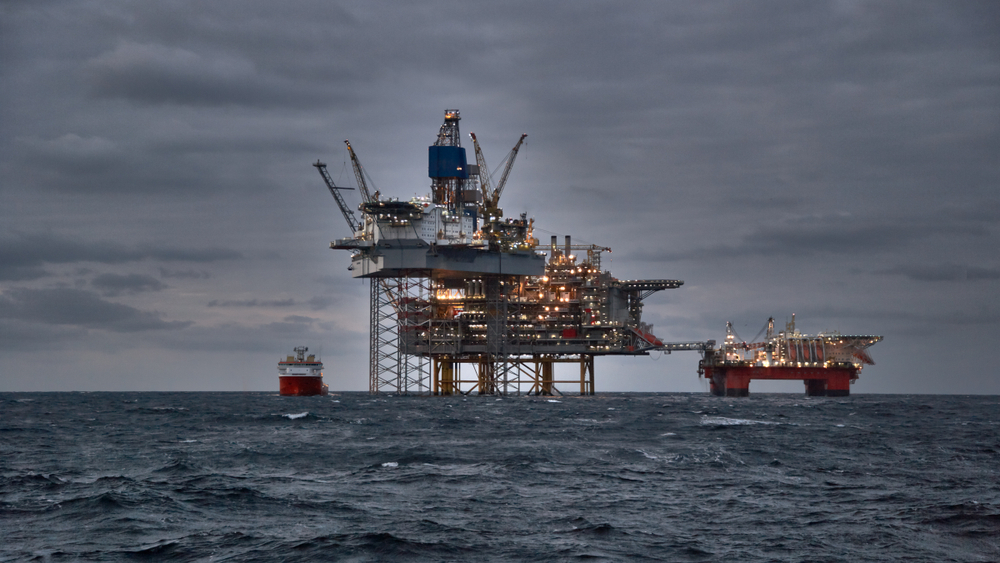
Private equity: a double edged sword?
A decade of cheap credit and relatively relaxed oversight has propelled the rise of private equity-backed investments into upstream oil and gas
One of the side effects of investor engagement with listed companies is that emission intensive assets have flowed into private markets. Under fire from shareholders to reduce the carbon intensity of assets on their books, listed firms choose to sell them to private bidders.
In 2021 and 2022 private equity firms poured over $25 billion into oil and gas assets, which they acquired from public markets. Consequently the world of fossil fuel financing has developed a new reality: private equity has stepped in where public markets have stepped back.
New research from Carbon Tracker has found that this new identity bears a cost: stranded asset risk for private equity firms is significant with most struggling to find viable exit strategies.
At the same time, private capital has also emerged as a hefty financier of renewable energy. In 2023, the value of private equity and venture capital-backed investments into renewable electricity generation hit a five-year high of $14.6 billion.
With several asset owners, particularly in North America, expanding their exposure to private equity funds – this dual identity of a historically lightly regulated asset class is becoming increasingly relevant to net zero capital allocations.
Private equity-backed players have emerged as willing buyers for assets being sold by retreating incumbents
Stranded assets
By its very nature - an energy transition introduces a risk of stranded assets. Economists use the phrase “stranded” to refer to resources and infrastructure that could remain unused or underutilised prior to the end of their economic lifetime.
Several private equity behemoths of amassed expansive portfolios filled with fossil fuel intensive assets. In effect, these allocations push these firms into the complicated and treacherous territory of stranded asset risk.
Take the case of Brookfield Corporation, led by former Canadian central banker Mark Carney. The company manages over $850 billion and has a net zero by 2050 target. Research and advocacy groups such as the Private Equity Stakeholder Project (PESP) have claimed that the company underreports its fossil fuel footprint.
“Its current fossil fuel investments emit nearly 159 million metric tons of CO2 equivalent a year, much of that through its ownership of Oaktree Capital, a private equity firm with $183 billion in assets. This emissions figure is nearly 14 times higher than the figures Brookfield discloses in its most recent sustainability report”, says PESP.
RENEWABLE INFRASTRUCTURE SUMMIT
12/03/24, London | Asset owner knowledge sharing & due diligence
Brookfield is not alone. PESP publishes a score card on private equity climate risks in which some of the world’s largest private equity firms such as KKR, Carlyle Group, and Warburg Pincus rank low.
This trend is partly a consequence of publicly listed fossil fuel giants selling emissions-intensive assets to private equity funds. “Private equity-backed players have emerged as willing buyers for assets being sold by retreating incumbents”, says a new Carbon Tracker report.
Drowning at sea
Carbon Tracker’s research highlights the case of the North Sea. Private equity players first ventured into these waters in 2015. Now, they control about 10% of the region’s oil and gas production.
Here too, the trend of listed company sales to private bidders holds true. Total Energies and ExxonMobil have each sold North Sea assets worth over $1 billion to NEO Energy – a company backed by the private equity firm HitecVision.
In addition, 195 new licenses issued in 2022 by the UK are attributable to private equity-backed companies.
According to Carbon Tracker, the underlying cash flows of these investments carry high degrees of transition risks. Considering the IEA’s bold yet practical prediction of fossil fuel peak usage by 2030 and climate policies around the world incentivising renewable electricity, Carbon Tracker’s claim seems plausible and logically drawn.
To add to their woes, an exit strategy for these assets has become less straight forward than in the past.
“Private equity investors in the North Sea will need to reckon with finding a satisfactory exit for their portfolio companies, but securing an exit via either an IPO or a sale is set to remain a challenge”, concludes the report.
Asset owners across the globe have signalled a willingness to increase allocations to private equity funds. For them, it represents a rewarding, albeit expensive, avenue to invest in niche and emerging industries such as climate technology and renewable energy in developing markets.
However, the fossil fuel intensive nature of portfolios held by behemoths of private equity calls into question the macroeconomic consequence of their dual-edged sword.




